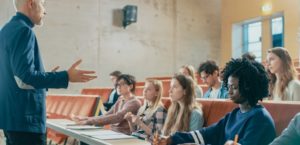
My YouTube Teaching Playlist
It wasn’t until I described how watching Ian McKellen’s explication of Macbeth helped me recover from a lousy class session that I realized how often I turn to YouTube videos to process the ups and downs of teaching. Here are a few more of my












